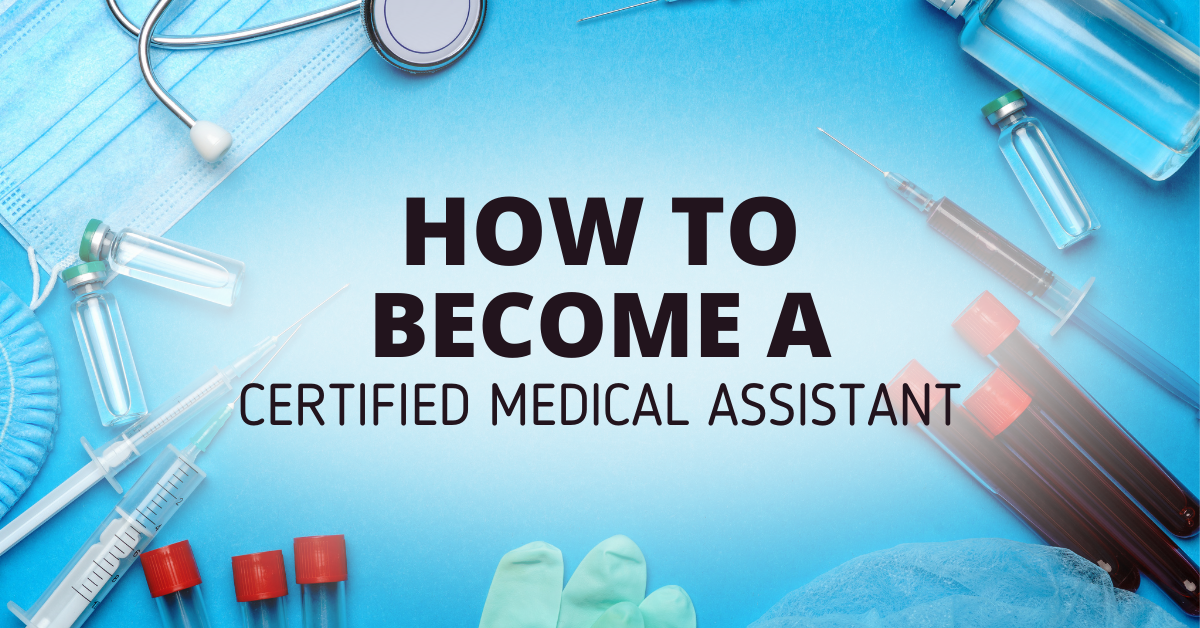How to become a CMA?

A Certified Medical Assistant (CMA) serves as a key part of healthcare settings by helping doctors and nurses while providing patient care. These professionals handle both clinical and administrative duties, making them indispensable team members in medical offices, clinics, and hospitals. CMAs perform tasks like taking vital signs, administering medications, helping with medical procedures, scheduling appointments, and managing medical records. Getting certified tells employers that you have the knowledge and skills needed to provide safe, effective patient care.
Education Requirements for Becoming a CMA
The path to becoming a CMA starts with having a high school diploma or GED. After that, you'll need to finish an accredited medical assistant training program. These programs are offered at community colleges, vocational schools, and through online education providers. Most programs take between 4 months to 2 years to finish, depending on whether you're pursuing a certificate, diploma, or associate degree. The programs teach essential topics like medical terminology, anatomy and physiology, clinical procedures, medical office administration, and healthcare law and ethics. Many programs also feature hands-on training through lab work and clinical externships, giving you real-world experience before entering the workforce.
Getting Your CMA Certification
The most trusted CMA certification comes from the American Association of Medical Assistants (AAMA). To qualify for the CMA exam, you must graduate from an accredited medical assisting program - there's no experience-only pathway to this particular certification. The exam costs $125 for recent graduates (within 12 months) or $250 for those who graduated more than a year ago. The test focuses on three main areas: clinical competency (59%), legal and ethical issues (21%), and administrative duties (20%). You'll need to study thoroughly, as the national pass rate hovers around 61%. Once certified, you must recertify every 60 months by either retaking the exam or finishing continuing education credits.
Alternative Certification Options
While the CMA through AAMA is highly respected, there are other certification paths available. The National Healthcareer Association offers the Certified Clinical Medical Assistant (CCMA) credential, which you can earn either through finishing an accredited program or having one year of work experience. The American Medical Technologists provide the Registered Medical Assistant (RMA) certification, which has multiple eligibility pathways like military training and apprenticeship programs. Each certification has its own requirements, costs, and focus areas, so it's worth researching which best matches your career goals and circumstances.
Career Outlook and Benefits of Certification
Getting certified as a medical assistant creates numerous career opportunities and benefits. Certified medical assistants typically earn about 10% more than their non-certified counterparts, with salaries changing based on location, experience, and workplace setting. Most healthcare employers prefer or require certification, making it easier to land jobs and move up in your career. The job outlook for medical assistants is strong, with the field expected to grow much faster than average over the next decade. Beyond better pay and job prospects, certification gives you confidence in your abilities and displays your commitment to professional excellence. Many employers offer tuition reimbursement for certification costs, and some even give bonuses for maintaining certification. Starting your healthcare career as a CMA can also work as a stepping stone to other medical professions, as the experience and knowledge gained help build toward future career growth.
This story is tagged under...
AAMA CMAInterested in contributing to our blog or partnering with us? Want to share your story of how Crucial Exams helped you? Contact Us .